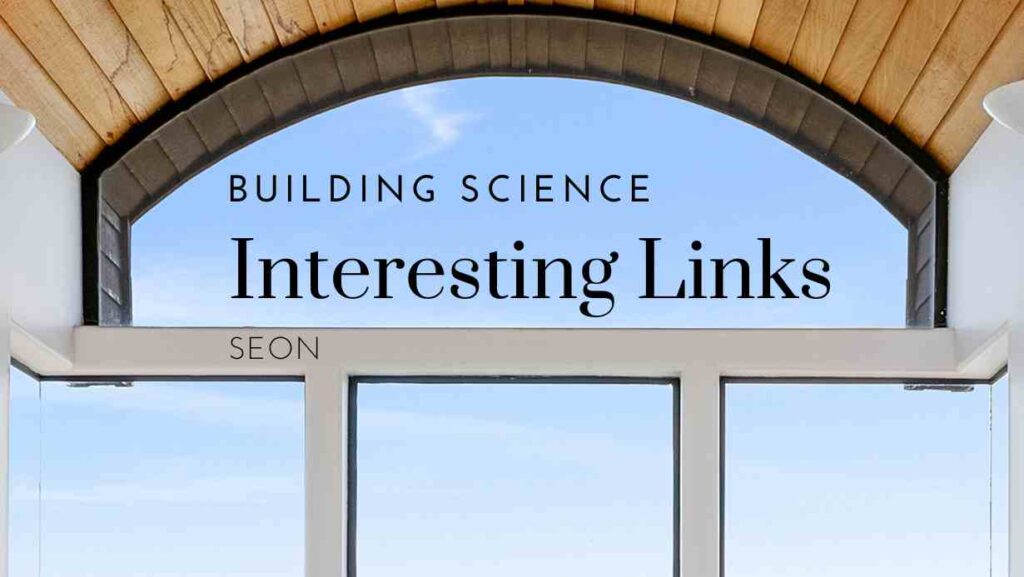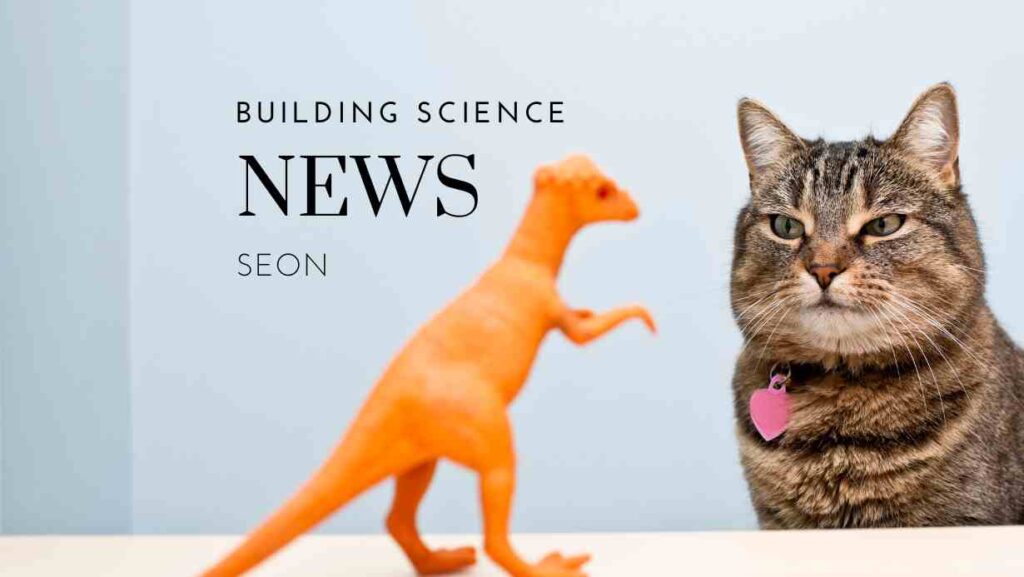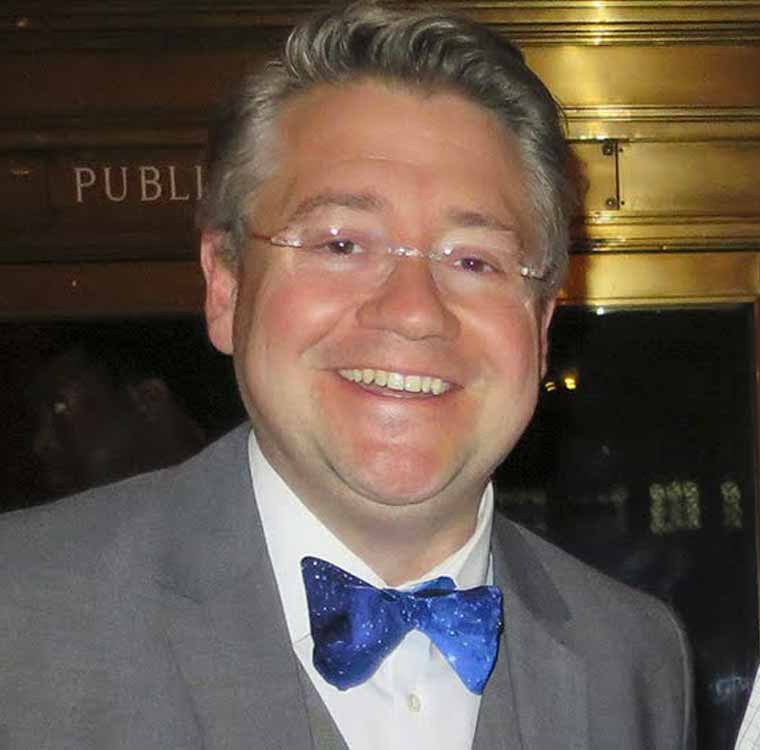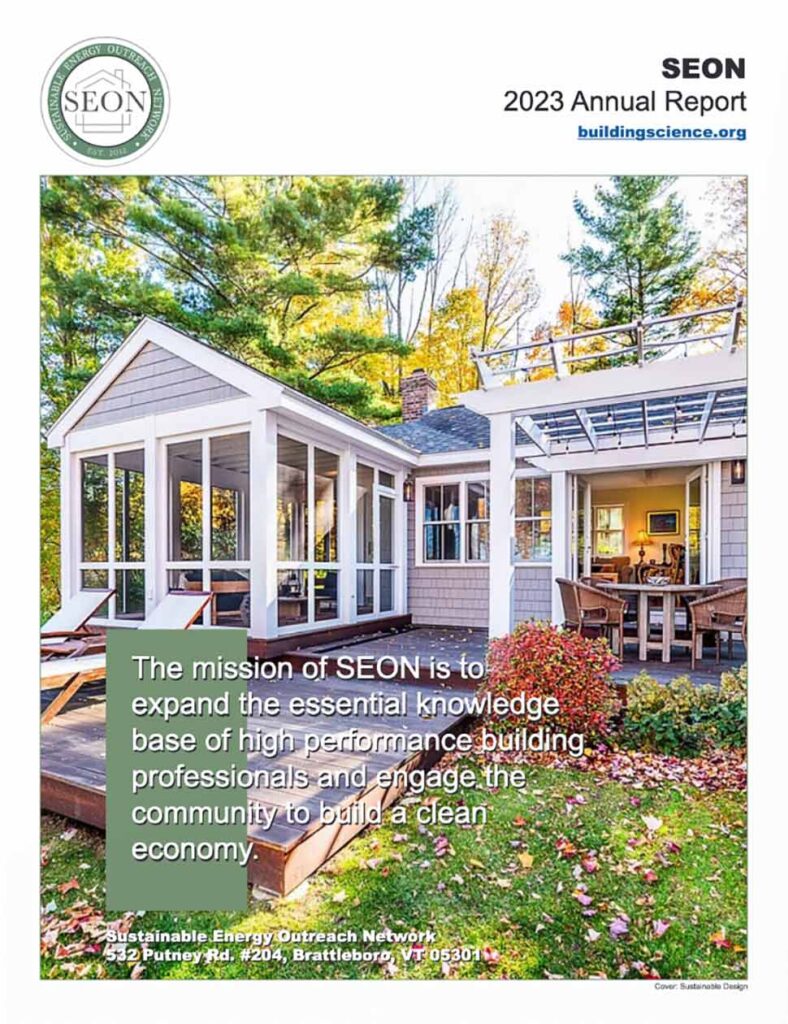News
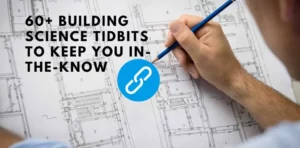 SEON: Sustainable Building Science News
SEON: Sustainable Building Science News
SEON (Sustainable Energy Outreach Network) stands as a beacon to the profession of building science. As an authoritative voice, SEON is not just an advocate and trainer, but a repository of knowledge, aggregating news and developments in the realm of building science, not only from Vermont and its immediate surroundings but from every corner of the globe.
We offer news about:
- Building Science Updates
- Sustainable Building Insights
- Energy-Efficient Building Highlights
- Materials Science Breakthroughs
- Energy-Efficient Housing Solutions
- Construction Innovations
- Architectural Advancements
- Structural Engineering News
- Sustainable Building Insights
- Urban Development Trends
- Green Building Discoveries
- Infrastructure Developments
and so much more.
SEON’s commitment to creating a more sustainable future is reflected in its meticulous curation of news. With a lens focused intently on promoting the Vermont Contract Registry, SEON champions the very essence of high-performance building and energy efficiency practices, ensuring that the state remains at the forefront of sustainable construction.
Yet, SEON’s horizon is vast. We recognize the importance of global synergy and the benefits that can be gleaned from international advancements. Therefore, our team scours international headlines, research papers, and industry reports to bring to our audience the most intriguing, revolutionary, and impactful news. From innovative building solutions that are redefining architectural paradigms to spotlight features of houses and edifices that encapsulate the spirit of sustainability, SEON ensures that its audience is always abreast of the latest developments.
But our efforts do not stop at mere aggregation. We believe in amplifying this knowledge, in making it accessible and engaging. Our newsletters, meticulously crafted, serve as a nexus between the latest advancements and our devoted readership. These periodic digests encapsulate the most vital news, ensuring that even in today’s information overload, the essence of sustainable building science is never lost.
Our digital footprint extends further to social media platforms, where snippets of the latest trends, groundbreaking discoveries, and spotlight features are shared, fostering a community that is actively engaged and impassioned about building a greener tomorrow. Moreover, SEON’s blog serves as a repository where in-depth analyses, expert opinions, and thought leadership in sustainable building are showcased, offering a holistic perspective to enthusiasts, experts, and novices alike.
In essence, SEON is more than a network; it’s a movement. A movement that aggregates, elucidates, and disseminates the essence of sustainable building science, ensuring that Vermont and the world at large stride confidently towards a more sustainable, efficient, and harmonious future.
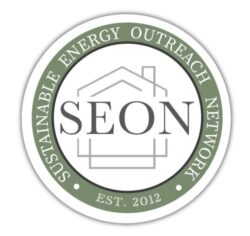
 SEON: Sustainable Building Science News
SEON: Sustainable Building Science News 
